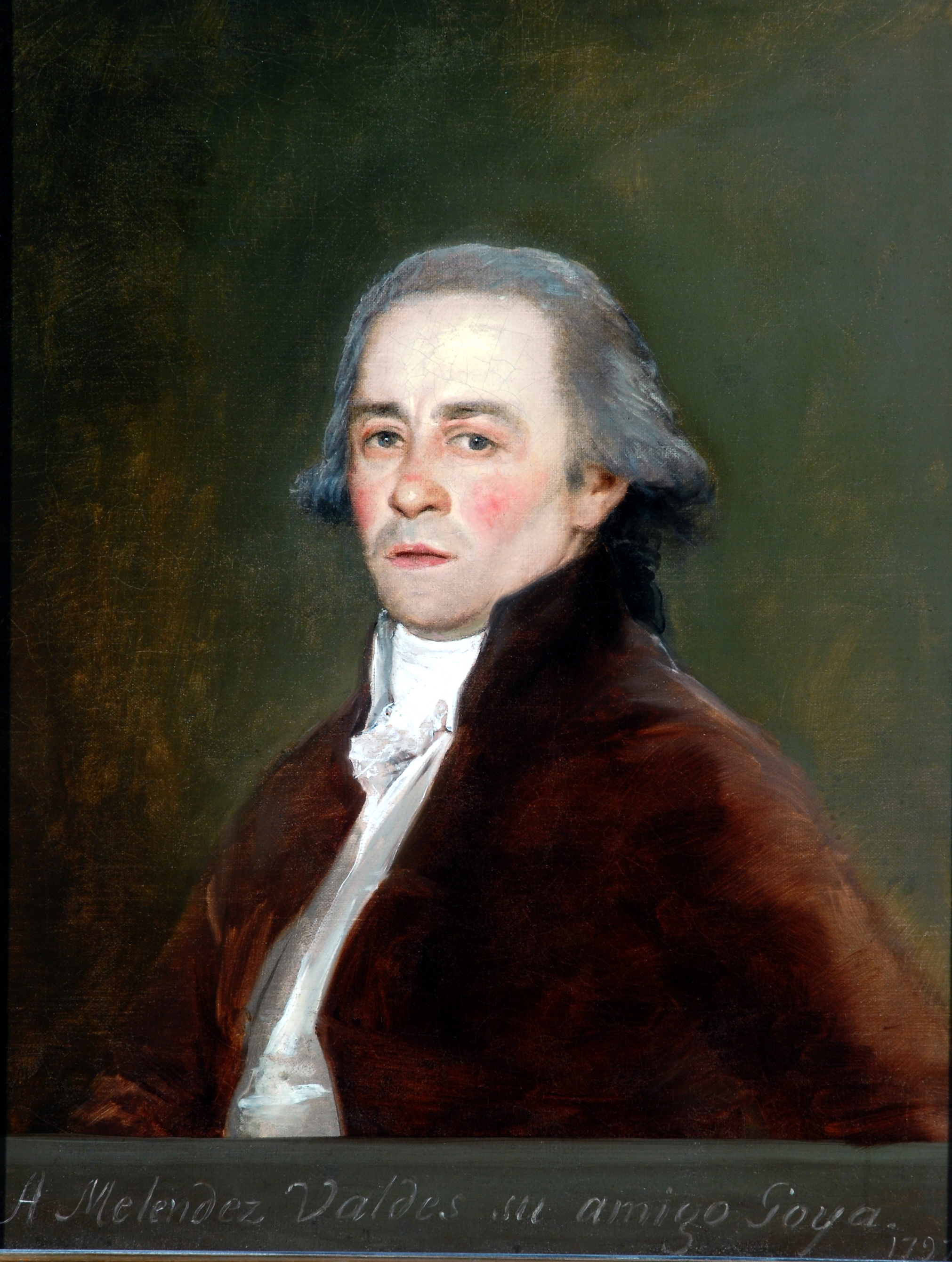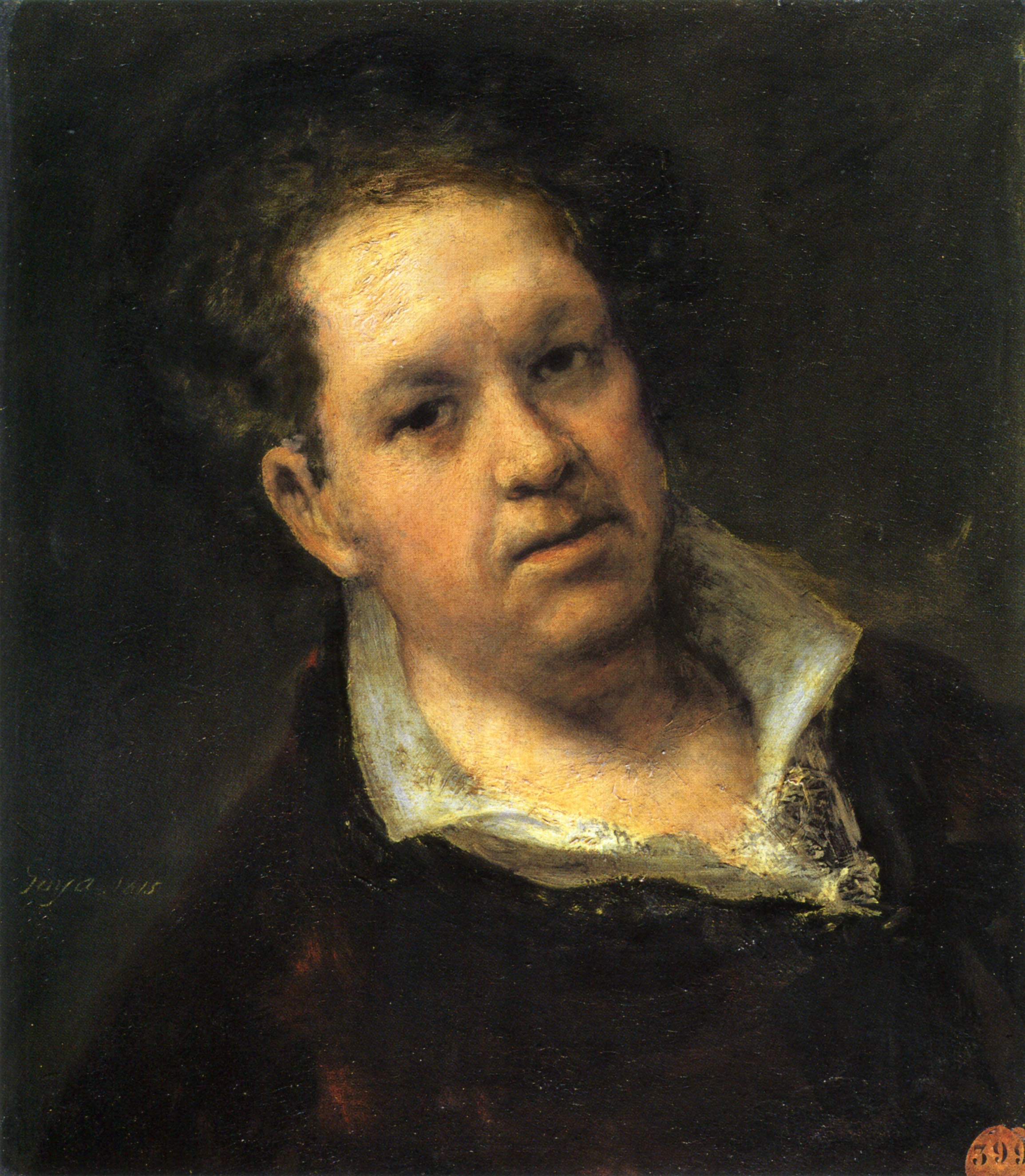Until January 7th, 2018, you can see this portrait in the El Greco to Goya – Spanish Masterpieces from The Bowes Museum exhibition in the Wallace Collection :)
This portrait was purchased in 1862 by John and Josephine Bowes from the collection of the late Conde de Quinto. When The Bowes Museum opened to the public in 1892, its collection of Spanish paintings was the largest in the UK. This painting was, and it is now, among its masterpieces.
Francisco José de Goya y Lucientes (1746-1828) is considered one of the leading Spanish artists of late 18th and early 19th centuries and one of the great portrait painters of modern times. This painting is an outstanding example of his style and invention.
The portrait was painted in 1797 and, as the inscription indicates, it is dedicated to ‘his friend’ Juan Antonio Meléndez Valdés, the protagonist of this painting.
Despite the sentimental nature of this work, documenting a solid and loyal friendship, this painting comes also at a crucial time for both the sitter and the history of Spain. Meléndez Valdés is not only a close friend of the artist but also a magistrate and a member of the circle of enlightened men who were interested in social and judicial reforms during the late eighteenth century. After the French Revolution in 1789, Spain turned from a fierce opposition to France to a cautious allegiance. Thus, from 1797, under the influence of the French Republic, Spain initiated a short period of political reform. It was at this point that the members of the so-called Spanish Enlightenment achieved positions of power in the government.
Goya, who was a friend of many of these enlightened men, at this stage of his career was successful at court and became Director of the Academy of San Fernando, despite a dreadful illness that left him deaf for life. At the same time, he was gaining success with portraiture.
Goya and Meléndez Valdés probably met in Saragossa in 1790 when the latter was a judge in the city. The portrait was executed by the artist, however, in 1797, an important year for the sitter. Despite failing to secure the post of Public Prosecutor, in that year Meléndez published his first collected editions of his poems. In 1808 he was appointed Minister of Public Instruction by the régime of Joseph Bonaparte. When the Spanish monarchy was restored in 1814 he was removed from his post and forced to leave Spain. Three years later Meléndez died in poverty in Montpellier, France.
The portrait stands out for the authentic honesty and the absence of embellishments, chiefly noticeable in the scruffy hair and drooping eyes. The artist’s innovative approach to portraiture is also evident in the intimate manner in which Meléndez is presented. The sitter’s image is conveyed in a sober manner and the monochromatic background focuses the attention on the expressive face and eyes that reveal the personality of his friend. The broad brushstrokes in Meléndez's collar and shoulders and the vibrant handling of the paint are characteristic of his style in the late 1790s.
Read more about the exhibition "El Greco to Goya – Spanish Masterpieces" on DailyArtDaily.com.


 Francisco Goya
Francisco Goya